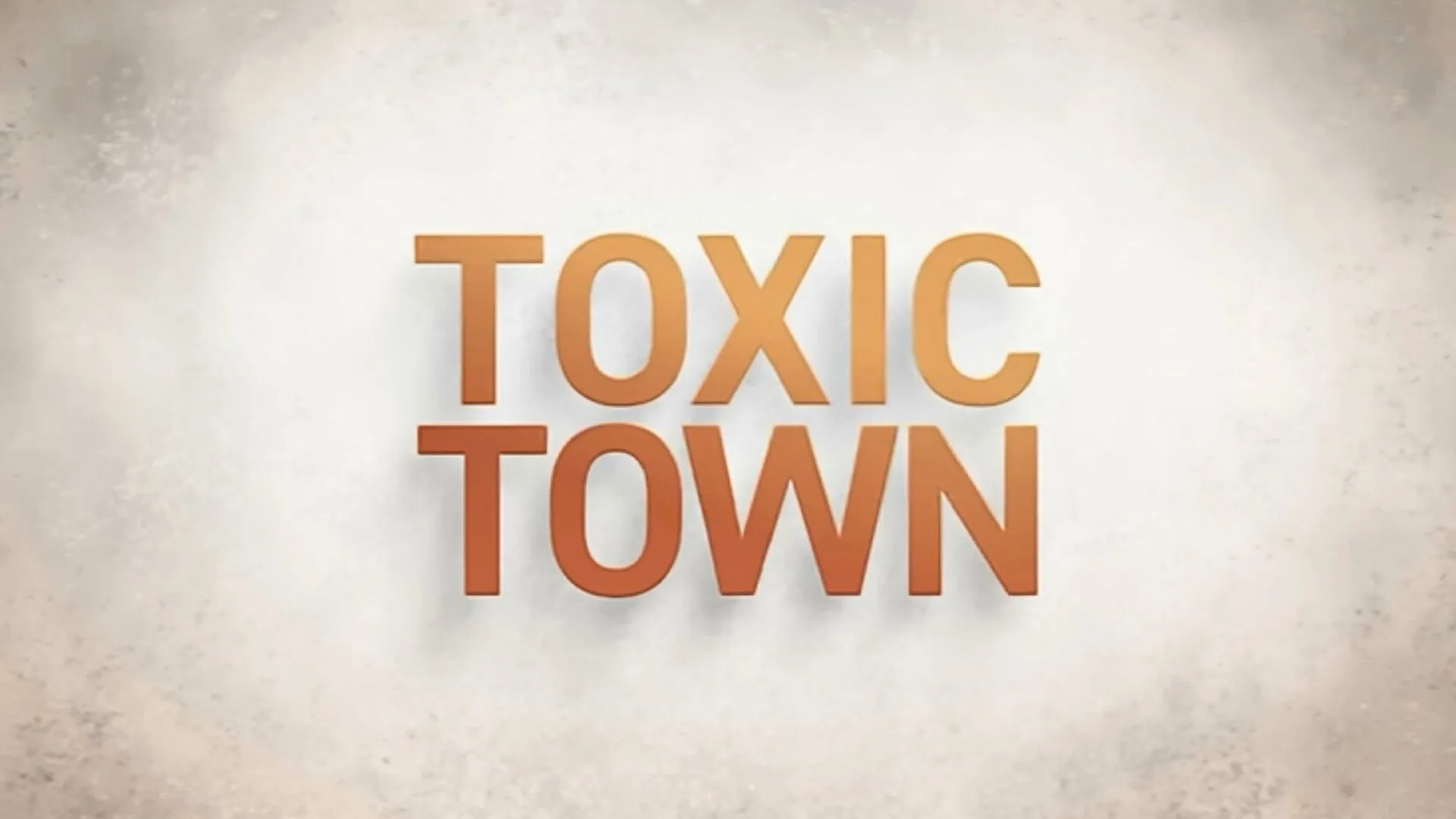Netflix’s limited series Toxic Town is a four-part series that premiered on Netflix on February 27, 2025. The show has been well-received, earning critical acclaim for its compelling narrative and strong performances. Toxic Town delves into the true events surrounding Corby, a UK town that endured a significant environmental crisis during the 1980s and 1990s. During this period, numerous children were born with physical disabilities, notably limb deformities.
The series depicts the persistent actions of mothers in the locality who, when they found commonalities in the health of their children, suspected something to do with the environment as the reason. They investigated further and concluded that the town council’s mismanagement of hazardous waste from a scrapped steel factory was the reason for these ailments. In a desire to pursue justice, these mothers filed a case against the council to hold them liable for their supposed negligence.
Did Mothers Win Against Environmental Negligence?

The plaintiffs encountered serious hurdles in their action against Corby Borough Council. They had to prove that particular chemicals from the steelworks compound could cause the disabilities seen, prove a route for these toxins to travel to homes, and establish the council’s negligence in waste management. Adding to the difficulty was that no previous case of law had associated atmospheric toxic waste with birth defects, which made their case even more challenging.
Despite these obstacles, the mothers persisted. In July 2009, after a decade-long legal struggle, the High Court found Corby Borough Council liable for negligence, public nuisance, and breach of statutory duty in their reclamation of the steelworks between 1985 and 1997. This ruling marked the first time a direct link was established between airborne industrial pollutants and congenital disabilities.
Following the court’s decision, the council agreed to a financial settlement with 19 affected families in April 2010. While the exact terms were initially confidential, it was later revealed that the settlement amounted to approximately £14.6 million. This case not only provided justice for the affected families but also underscored the importance of proper environmental management and accountability.
The Corby toxic waste lawsuit has been directly compared with other landmark environmental litigations and is testifying to the ultimate importance of advocacy at the grass-roots community level for overcoming public health-related issues. The determination of these mothers not to back down stands as a striking reminder of industrial complacency’s potential repercussions as well as of their long-term contribution to damaged populations.
Challenges in Establishing Accountability in Corby’s Environmental Case

In the legal battle concerning birth defects in Corby, Northamptonshire, several hurdles emerged in attributing responsibility to the Corby Borough Council. Initially, the council’s defense argued that pollutants from the former steelworks site couldn’t have reached residential zones. They also presented data suggesting that the incidence of birth defects in Corby was comparable to that of neighboring areas. However, this data was later discredited due to methodological errors; in reality, Corby’s rate of birth defects was significantly higher than that of surrounding towns.
Testimonies from residents were central to the hearings. Several reported widespread dust settling on their properties and noted that waste trucks were frequently open, causing contaminated material to be spread into residential areas. Moreover, although some council staff members gave testimony about internal workings, some dramatized characters, including Ted Jenkins in Toxic Town, are fictional composites of several whistleblowers who revealed the council’s mismanagement of waste disposal.
The Corby Mothers’ Pursuit of Environmental Justice in Toxic Town

The series Toxic Town portrays the real-life struggle of three Corby mothers Susan McIntyre (Jodie Whittaker), Tracey Taylor (Aimee Lou Wood), and Maggie Mahon (Claudia Jessie) who sought justice for their children affected by birth defects linked to environmental contamination. These women, along with other affected families, observed a concerning pattern of limb deformities in children born between 1989 and 1999 in Corby, Northamptonshire. Investigations revealed that the mishandling of toxic waste during the demolition of the town’s steelworks led to the release of hazardous materials, including arsenic, cadmium, and lead, into the environment.
Despite initial resistance from local authorities, the mothers’ relentless advocacy culminated in a landmark 2009 High Court ruling that held Corby Borough Council liable for negligence in waste management, establishing a precedent for environmental justice in the UK. The court’s decision acknowledged the link between airborne pollutants and congenital disabilities, leading to a £14.6 million settlement for the affected families.
The partnership between the actual Corby mothers and the developers of Toxic Town guarantees a realistic representation of their experience, emphasizing the strength of the women and the lasting connections built via shared suffering. Their experience affirms the fundamental influence of grassroots activism in combatting environmental injustices and is a testament to the capacity for collective action to lead to systemic change
Why was Tracey Taylor’s case not included in the lawsuit?

Among the affected residents was Tracey Taylor, whose daughter Shelby Anne was born with severe health problems, such as a deformed ear and a heart deformity. Shelby Anne lived only four days. Taylor’s case was initially included in the suit against Corby Borough Council, then left out of simplifying legal arguments because her daughter’s conditions were different from the common limb deformities of other affected children.
The Corby case continues to resonate as a poignant example of community activism leading to substantial legal and environmental reforms. It serves as a reminder of the enduring impact of industrial activities on public health and the environment, reinforcing the need for vigilance and responsibility in environmental management.
Landmark Legal Victory in Corby’s Environmental Justice Case
The Corby toxic waste case was a landmark moment in environmental justice in the UK. In 2009, a High Court judgment held for the first time that there was a direct connection between airborne industrial pollutants and birth defects among unborn children
This case highlighted the imperative need for strict environmental regulation and responsible industrial practices. It emphasized the need for careful monitoring of land reclamation activities to avoid negative health consequences in the surrounding communities. The Corby ruling has since acted as a model for identical environmental justice cases, impacting policy reform and heightening awareness of the long-term effects of environmental neglect.
Source: Netflix
Read more: Netflix’s Sosyal Climbers: Full Cast List for the Latest Comedy Movie
Follow us on Instagram and Twitter.
Hilfa, Senior Writer at Hilvaro, excels in pop culture journalism. She crafts engaging content on movies, TV, & trends, fueled by her love for storytelling & entertainment.
Discover more from Hilvaro
Subscribe to get the latest posts sent to your email.




